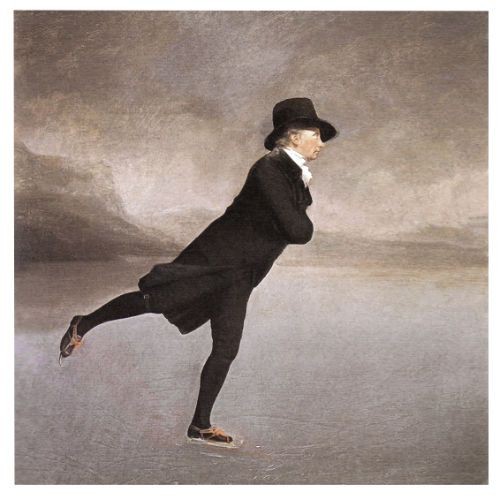The Scottish Enlightenment and the Arts
Intellectual and scientific accomplishments typified the period known as the Scottish Enlightenment which burgeoned during the late eighteenth to early nineteenth century. Much discourse ensued within intellectual circles formulated in Edinburgh and the Universities of St. Andrews, Glasgow and Aberdeen respectively. In building upon European Enlightenment theory based on humanism, rationalism and empiricism, Hume, Smith and Burns are arguably the best-known protagonists emergent at this juncture. The cultural impact of the Scottish Enlightenment was strongly felt in the realms of art, architecture and music. Robert Adam developed his eponymous architectural style, rival only to Sir William Chambers, both of whom worked ostensibly for George 111 as architect to the king, no less. In art, J. Alexander and W. Mossman painted many of the figureheads of the Edinburgh Enlightenment, as did Henry Raeburn, of course, whilst Allan Ramsay arguably commandeered the art of portraiture as affiliated to Enlightenment leaders, capturing David Hume and J-J Rousseau, to name but a few. The Neo-Classical painter Gavin Hamilton, also archaeologist and antiquarian, favoured Homeric illustration and Scotto-Italianate mythological tableaux. The impact of the Edinburgh Enlightenment was significant and wide-reaching, exercising an influence on J-L. David and J.A.D. Ingres in France and on T. Carlyle, Sir W. Scott et al in Britain.
Please note that this is an Arts Society event for the West Mercia Region, coordinated by Mrs Alex Davies


